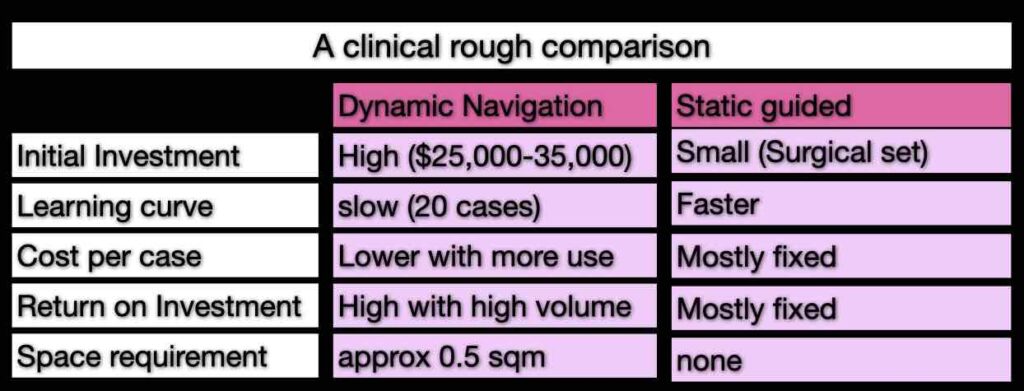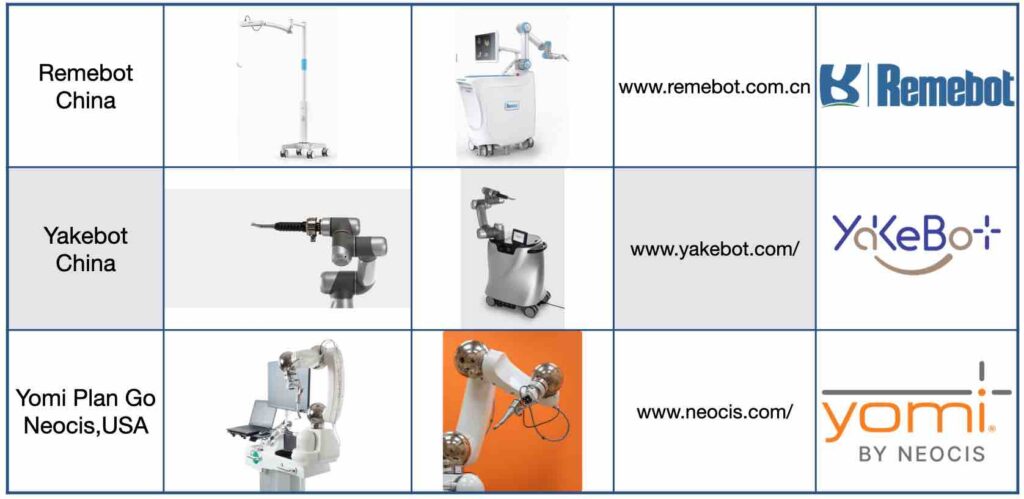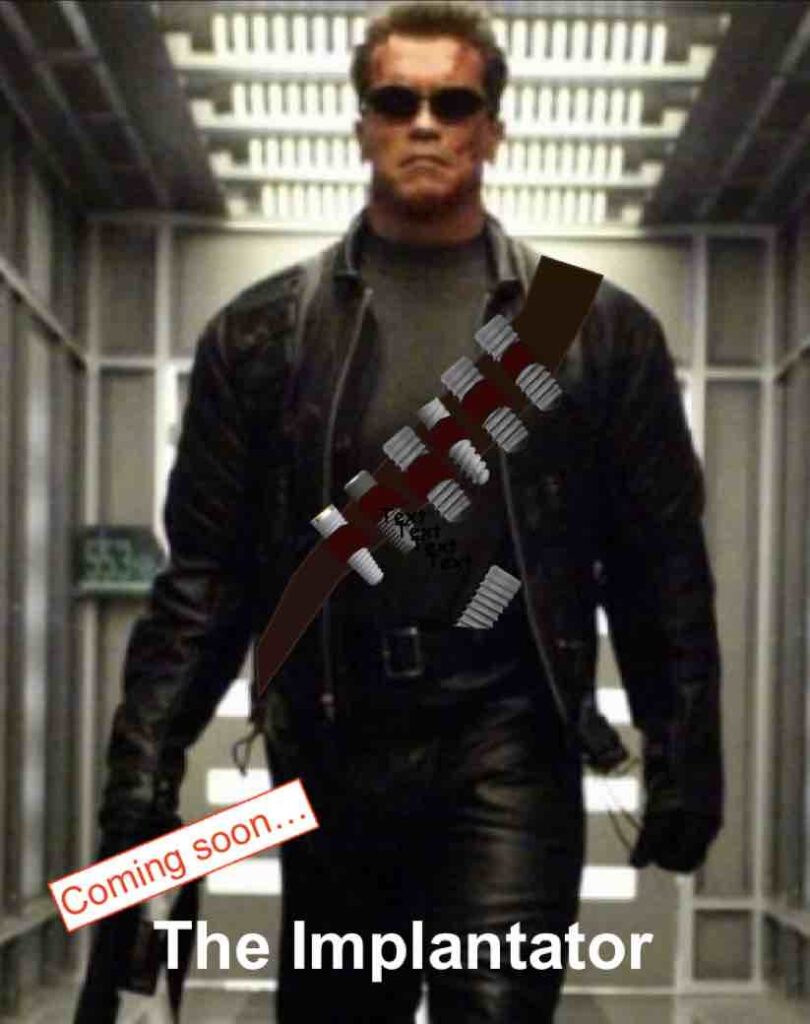Dynamic Navigation Surgery one step before wide adoption and the rise of the robots: lessons from the IDS 2023!
by Nikos Mattheos, DDS, MASc, PhD
The annual global pilgrimage of dentistry in Cologne is over and the first post-pandemic IDS was full of news and developments. As we are digesting the overload of innovation and technology, there is some news I would like to single out with regards to computer assisted implant surgery and that was the presentation of one more new dynamic navigation system. The new kid on the block is named Falcon and although a late-comer in the party, it is backed by one of the leading implant groups worldwide, which can only be interpreted as a “vote of confidence” in the technology and its potential.
is the future static or dynamic?
It’s an easy question to answer if posed generic, but in the context of CAIS, one might warrant a bit more thought. Static CAIS through the use of the surgical guides is well documented, predictable and well established among both novice and experienced practitioners. It requires minimum upstart investment and has a faster learning curve, which makes it rather convenient choice for dentists with low to medium volume of implant cases. At the same time, it has some inherent limitations and disadvantages. The cost per patient is disproportionately high in single implants, while the need of a surgical guide and a specific set of longer drills limits its use in certain patients and anatomic locations. Guides and drills are not all the same and not without problems or limitations, often related to fit and accessibility.
At the same time, the dynamic CAIS systems have an initially high investment cost and require a longer learning process, but after that they can deliver accuracy in any case implants can be placed, with any set of drills or system. As technology matures, the systems become more reliable and design features evolve. The initial fixed-angle cameras are now mounted in arms with significant freedom of movement, allowing major adjustments of the position of the cameras in relation to the surgeon. This can significantly reduce connection errors, improve ergonomics and reduce the need for space in the surgery. Trackers on handpiece become sleeker and registration procedure smoother. Augmented reality glasses might make soon screens obsolete at least for the operator. Furthermore, there is an increasing “interoperability” of this technology: new applications are introduced, which can benefit the dental practitioner. For example a 3D dynamic registration of the jaw movements and digital articulation is now possible with this technology. Orthopedics and ENT surgery are already utilising dynamic navigation for different procedures since many years. Oral Maxillofacial Surgery and endodontics can be the next major areas of development. This means that soon the dynamic surgery machine could be an acquisition for the whole clinic, something like the CBCT machine to be used in different areas with different modular software.

Having worked with static and dynamic implant surgery extensively, both in terms of clinical application as well as research, we believe that dynamic navigation systems will be the main way CAIS will be applied in the future. These systems are already superior for a clinic with a large volume of implant patients, especially if immediacy and flapless procedures are frequently practiced. As the initial investment costs get lower, the advantages will spread to medium and lower volume clinics as well. And there are now many ways that this can happen
It starts to get crowded out there..!
With the latest arrival we have now half a dozen major dynamic navigation systems focused in implant dentistry, two of which are backed by leading implant manufacturers Straumann and Nobel Biocare. Although the others are not directly connected to a specific implant system, they have been documented and already established in the market. The fact that two major implant groups are investing heavily to develop their own product in this field is a testimony to the potential of the technology, but also indicative of a strong competition rising. All systems use in principle the same optical tracking technology, but they each have its own proprietary design features which can impact ergonomics, accuracy, user experience, overall efficiency and cost effectiveness. The competition is going to be fierce and whether a clear winner is going to emerge in the end is up to everyone to speculate. From a clinician’s point of view competition is always good news: products will improve and prices will drop. My guess is that the two major implant manufacturers will use their leverage in the implant market to promote their respective dynamic systems either with direct sales or bundles with other products that can dilute and significantly reduce the initial investment cost for a clinic. It will be very interesting to see how the other brands will respond, but my guess again is that there will be a rise in innovation, customer service and price reduction. For us in the clinic, it will be certainly good times, so get a seat in the train early!

Older and new products and companies in the field of dynamic navigation in computer assisted implant dentistry, arranged in alphabetical order.
The rise of the robots..!
And while the masses will soon move into dynamic navigation, the early adopters are already documenting the rise of the robots! The marriage of the dynamic CAIS with the robotic arm has already borne fruit and the child is growing healthy and strong in two continents. Autonomous robotic implant systems are already in the market in US and China and although in an early stage of adoption, we see now the first peer-reviewed published results in the form of case series.

Three commercially available autonomous robotic implant systems from China and United States.
The first few published studies document levels of accuracy lower than what we have seen so far with either static or dynamic CAIS by human operators. Although not spectacularly different, a case series recently published by the Southern Medical University in China on 10 patients showed an average deviation at platfrom of 0.74 mm, which in the literature is only outmatched by the combined use of static and dynamic. When the first robotic implant was placed in 2017 we all thought it was a nice “proof of principle”, but only a few years later it is obvious that it is much more than that..! But for the rise of the robots, we will discuss more in a later opportunity. As I have said, my own end-game is to open a beach bar. But for those of you with still many years in practice, I suggest you make space in your clinic for your future colleague, the Implantator..!

Hear the latest news first: Subscribe to my newsletter!
References
1. Shuo Yang et al. Accuracy of autonomous robotic surgery for single-tooth implant placement: a case series. 2023, Journal of Dentistry. DOI: 10.1016/j.jdent.2023.104451.
2. T. Yotpibulwong et al. Accuracy of implant placement with combined use of static and dynamic Computer Assisted Implant Surgery in single tooth space: a randomized controlled trial. 2023. Clinical Oral Implants Research
DOI: 10.1111/clr.14043
1 thought on “Is the future static or dynamic?”
What is the cost of a dynamic surgery system? Do you think it is a good investment for a dental surgery?